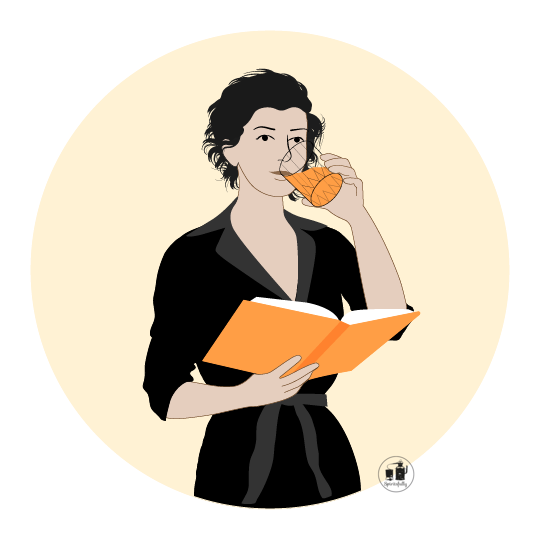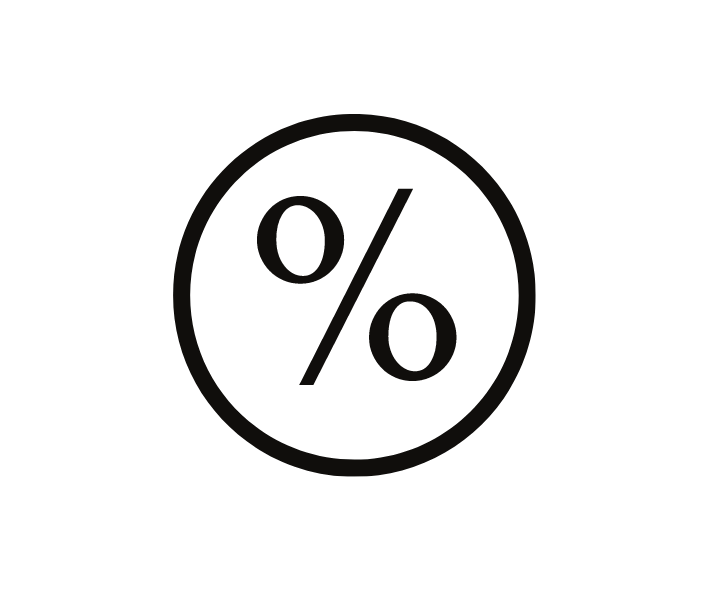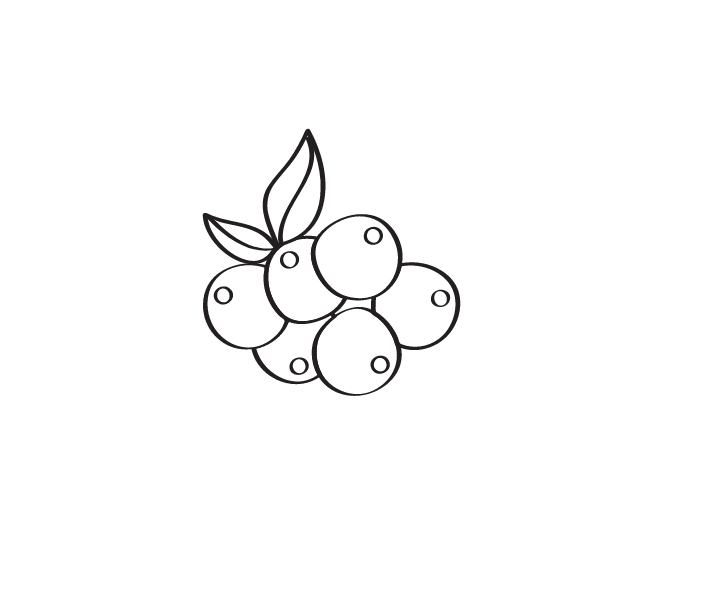All you need
to know
about Aquavit
in a nutshell
Like Hygge, Aquavit is a Scandinavian thing but slightly easier to pronounce and obviously a liquid delicacy. The base of Aquavit is a neutral spirit with caraway and/or dill as the main flavour along with other spices and herbs such as cumin, coriander, fennel or star anise. The way it is the dominant flavour of the juniper berries that define gin, aquavit is defined by caraway. Akvavit usually has a yellowish hue.
The regulations around Aquavit
EU regulation (110/2008) says:
-a distillate of caraway and/or dill seeds (note that the addition of dill as one of the main ingredient is rather new, when the EU changed its law, so did the US adapting their Beverage Alcohol Manual accordingly)
-alcohol should be neutral ethyl alcohol
-it has to be over 37,5 abv
-it has to be < 15 g/l dry matter
If you want to know more here is the European Directive on Spirits.
So it is in Denmark. You can also find Aquavit up to 45% in Denmark, whereas in Sweden it is less alcoholic.
Speaking of which: in Sweden Aquavit can be made with caraway, fennel or dill.
And in Norway the law for Norwegian Aquavit says
-it must be produced in Norway
-the alcohol must be made with norwegian potatoes
-it must be matured in casks (min 6 month is the cask are < 1000 liters otherwise 12 months.
So note the wording!
This is explaining why you can sometimes read “Aquavit from Norway » because a “Norwegian Aquavit” must be matured.
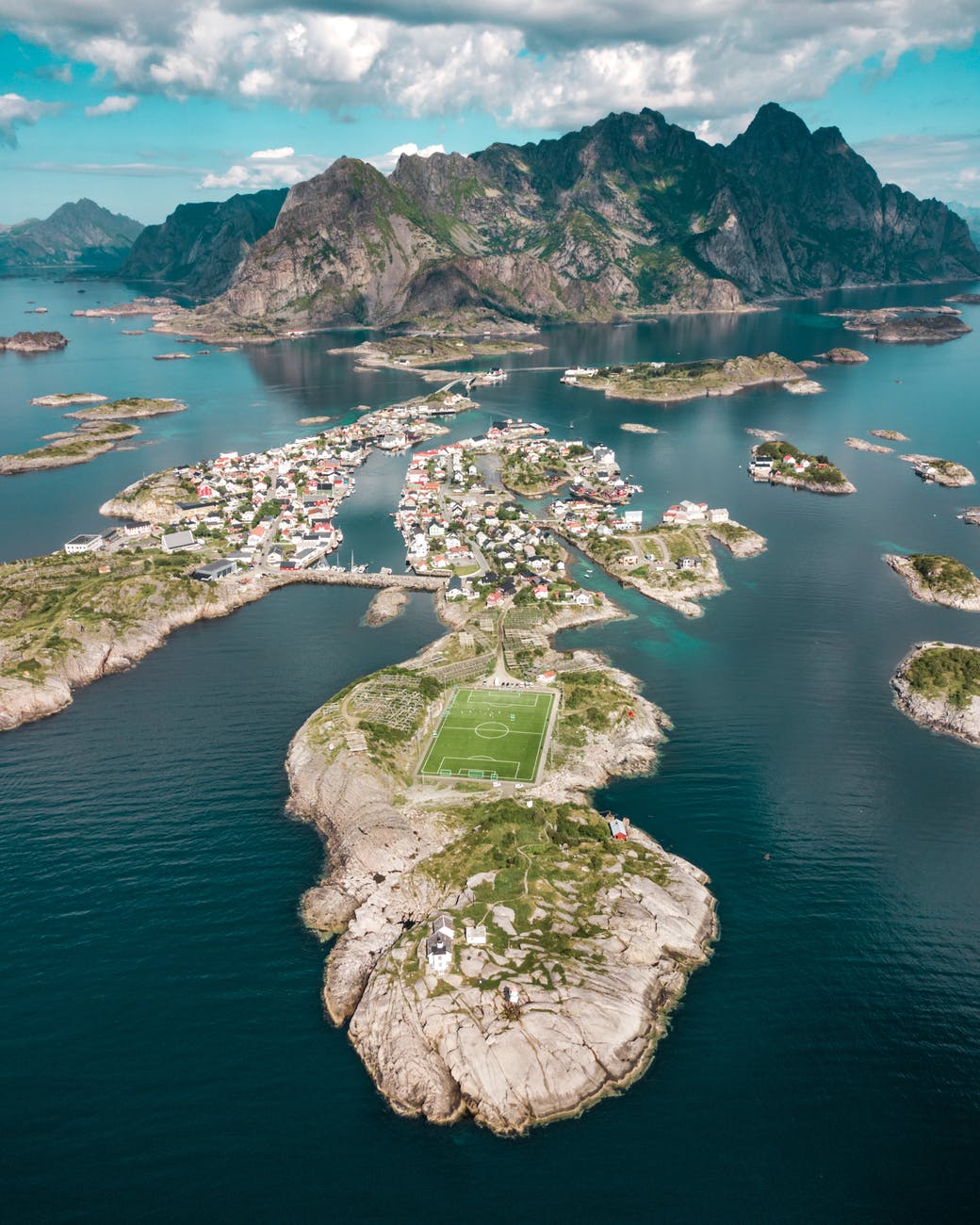
The geography of Aquavit
Aquavit is mostly produced in Scandinavia, although domestic imitations of Aquavit are made in some countries, especially in areas with a large community of Danish, Swedish or Norwegian immigrants, such as the United States.
Northern Germany is also a place of fabrication of Aquavit which takes the name of Kümmel. German aquavit is virtually always distilled from fermented grain, and generally has an alcohol content of 38% alcohol by volume, marginally less than Scandinavian Aquavits.
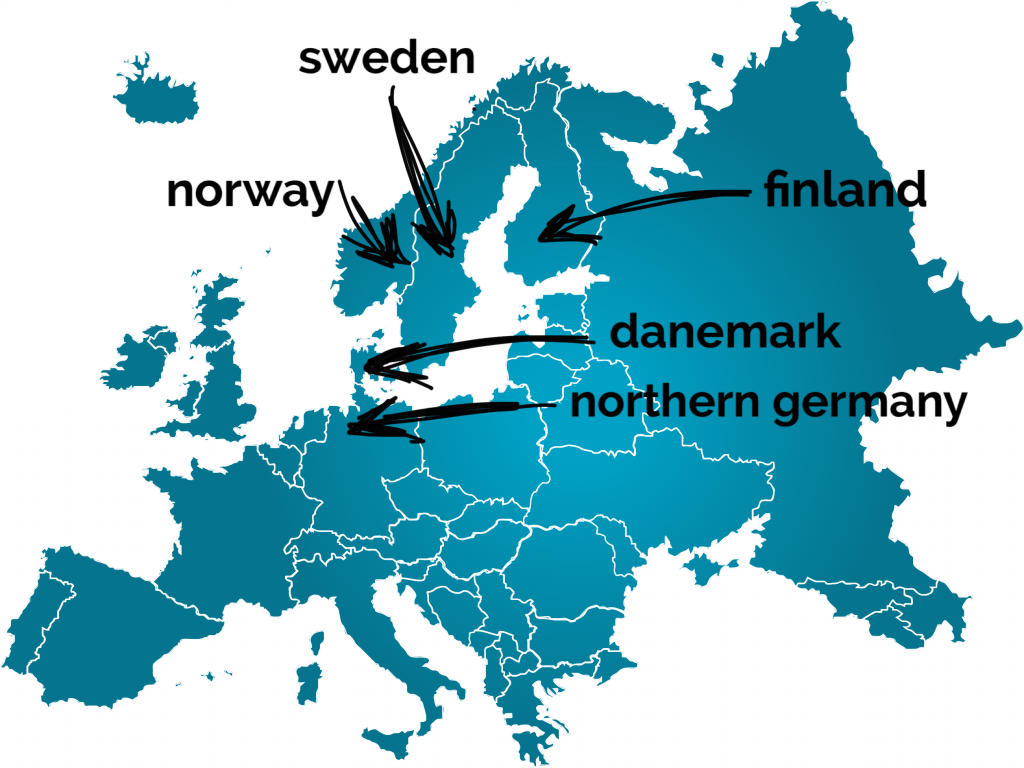
The history of Aquavit
The oldest mention of aquavit dates back to 1531. On that day, and very precisely on April 13th a Mister Eske Bille sent a bottle of « aqua vite » to a bishop in Norway. To be honest no one know what was in that bottle and the aqua vitae was also the name given to most of the spirits by then. It translates into Eaux-de-Vie, Water-of-Life, still today.
What is more certain though, is that Isidore Henius started fabricated Aquavit with caraway as the overpowering flavour in 1846 in Aalborg. He used elaborated stills from the beginning on which helped him not only to have purer and better alcohol but also to obtain a pronounced flavour of caraway. He even got a monopoly on the production of Aquavit in Danemark in 1923.
Danemark nordic neighbours copied it and each of the country developed its styles.
How is Aquavit made?
The ingredients aka the base material of Aquavit
It’s mostly neutral spirit (it has to be at least 96 % abv) to which the main aromas are added during the distillation process. Essential oils are prohibited.
The main aroma is caraway. Caraway is an herb relative to parsley and coriander. What is used is actually a fruit made of two seeds. There are different types of caraway (a biannual and an annual type) and it has long been confused with cumin.
About Caraway
Caraway is an herb relative to parsley and coriander or carrots.
What is used is actually a fruit made of two seeds. In the past centuries, the roots were used too, but not anymore. There are different types of caraway (a biannual and an annual type) and it has long been confused with cumin.
The compound that is the particular to caraway is carvone, a terpene with a spicy, minty flavour, as well as limonene. And more precisely this is the limonene to carvone ration that gives the flavour profile of the Aquavit.
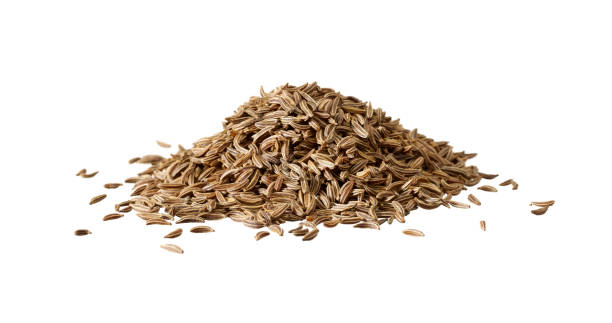
About Dill
Dill seeds differ should they come from the European variety or Indian variety. Carvone and limonene are the dominant compound of dill. The riper dill is, the most full of carvone it is. It is interesting that there are higher quantity of carvone in dill, higher than in caraway and that is carvone that gives caraway its taste.
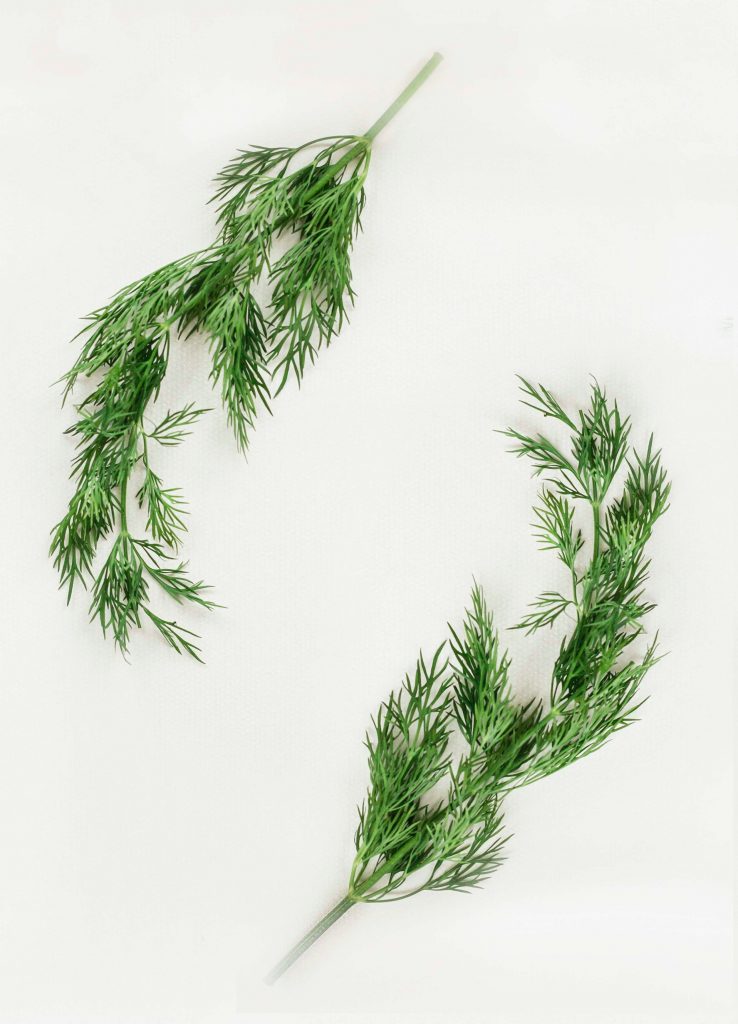
The fermentation of Aquavit
There is no conversion needed as, like vodka any fermentable will do (cereal, grain, potato, fruits). The main characteristic is its flavour and the caraway is integrated at other steps of the process, It is not the caraway mash that is distilled. See vodka. See gin. The making process is indeed very close to the one of a flavoured vodka.
The distillation of Aquavit
Distillation procedures matter as type, shape and size of still will have impact on the final style.
See vodka. See gin for more details as the distillation process is very closed. Both pot still and column still distillation are being used to make aquavit.
The styles of Aquavit
There are different styles between countries and within the country with more or less alcohol potency.
In Denmark, you can find Aquavit up to 45%, whereas in Sweden it is less alcoholic.
Speaking of which: in Sweden Aquavit can be made with caraway, fennel or dill.
In Norway the law for Norwegian Aquavstipulates that
-it must be produced in Norway
-the alcohol must be made with norwegian potatoes
-it must be matured in casks (min 6 month is the cask are < 1000 liters otherwise 12 months).
This is explaining why you can sometimes read “aquavit from Norway » because a “Norwegian aquavit” must be matured.
There is also a style named « Aquavit Linie » -Linje Aquavits (such as “Løiten Linje” and “Lysholm Linje »- It differs from the usual aquavit for it travels 19 weeks in the sea between Norway and Australia. The dates of the travels are scrupulously noted on the label. It stems from a legend (?) of a trading ship bound for Indonesia in 1805. As the merchants transporting sherry casks full of Aquavit returned from a trip during which they could sell their good, they tasted it and liked how both the tossing and turning of the ship as well as the rapid change of temperature, and variation of humidity affected the taste. So it continues up to now.
RESOURCES/SOURCES
Been very much helped by a talk by Jürgen Deibel I mentioned already (read that post on aquavit at Bar Convent), my bedside favourite The Drunken Botanist, by Amy Stewart, the two French speaking Alcools by Andre Hominé and Bières, Vins et Spiritueux à travers le monde by Stuart Walton and Brian Glover (the original book is in English though) and Distilled by Joel Harrison and Neil Ridley.
And of course checking Wikipedia from time to time is very helpful.
